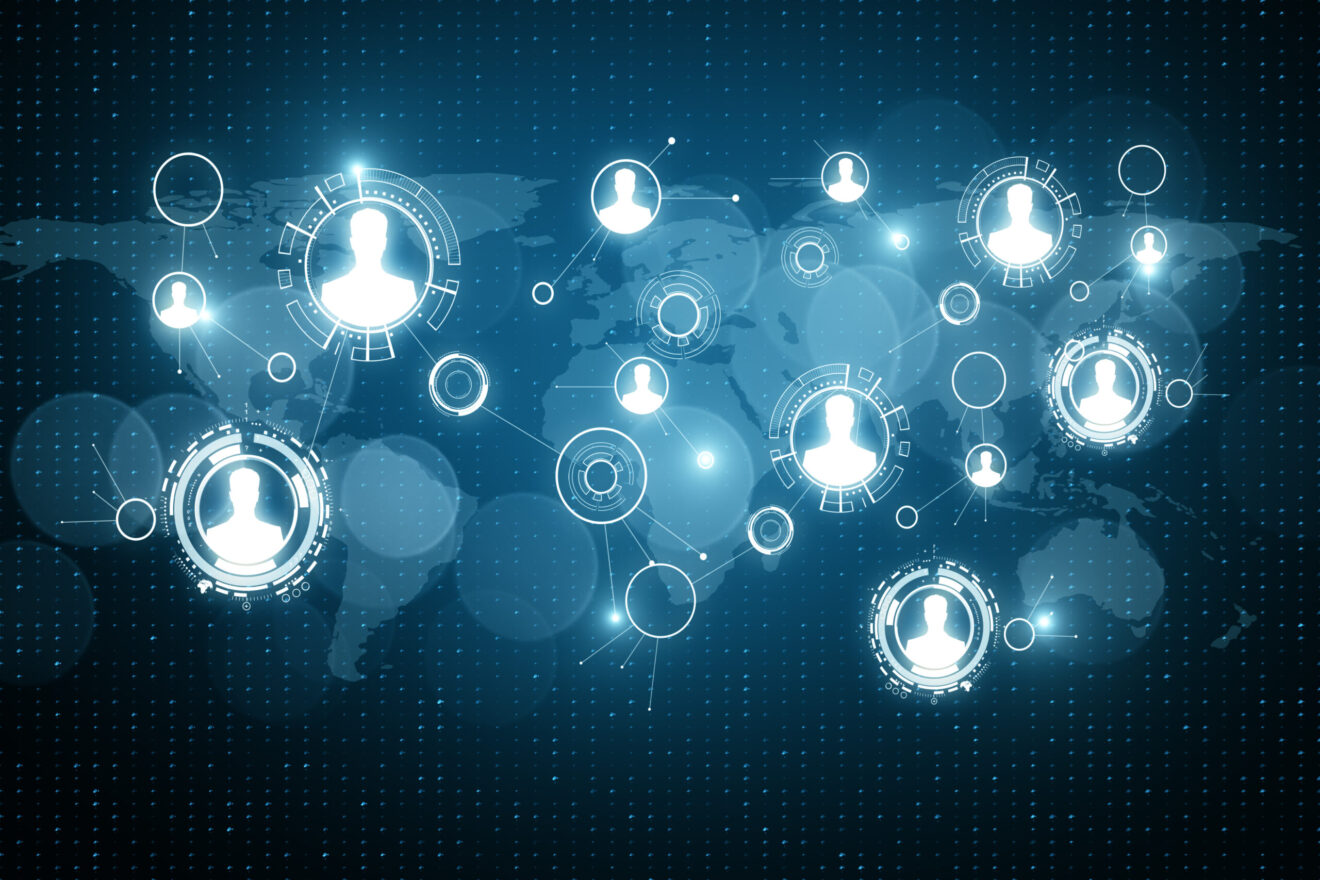Activate your free subscription
HR hasn’t traditionally been known for using big data — or having big enough datasets to use in analytics. But that’s been changing as more organizations recognize big data’s presence and potential in multiple areas of HR.
Erik van Vulpen writes for the Academy to Innovate HR that even though HR data might lack volume and be largely static, it has enough variety and value “to generate valuable insights into the workforce” through business intelligence and HR analytics.
Here’s a look at several areas where big data in human resources has potential.
Eliminating bias in hiring
Big data in HR could make hiring more equitable and improve diversity by reducing bias, Zoe Jervier Hewitt of EQT Ventures tells Protocol. That starts even before candidates are interviewed by identifying what criteria they should meet. “I try to make the assessment setup really watertight, and I find that there’s less room for unhelpful bias to creep into the process that way,” Jervier Hewitt says. She adds that an assessment scorecard can put the focus on a candidate’s competence and “have a positive effect on the diversity of the pipeline and the diversity of the hires.”
Improving workforce planning
Big data in HR can help organize the many different kinds of data that companies have on employees so it can be used effectively. “Big data with Natural Language Processing can help analyze the feedback, project reviews and overall talent profile data to build skill profiles of employees within the organization in near-real time, which can be used as a tool for workforce planning,” Srikant Chellappa of Engagedly tells Forbes.
Van Vulpen notes that Natural Language Processing also can analyze business performance reviews “to create employee competency profiles or automatically generate performance scores for both employees and managers.”
Optimizing recruitment and retention
Recruiting quality employees is an expensive, time-consuming process, so HR departments are motivated to find people who will stick around and encourage current employees not to leave. Big data can help in several ways.
“When applied to recruiting, employers can utilize big data to better predict hiring needs, while improving their quality of hire and employee retention,” John Feldmann of Insperity tells Forbes. “By mining employee data and identifying patterns related to skills, performance ratings, tenure, education, past roles, etc., companies can reduce their time-to-fill, improve employee engagement and productivity and minimize turnover.”
Regarding retention, “[w]ith the help of big data technology, algorithms can flag employees at risk of leaving by interpreting their online activity, profile updates, employment history, job performance, and payroll data,” Vikash Kumar writes for AIIM — The Association for Intelligent Information Management. “When the system flags a highly valued employee, you have an opportunity to retain them by offering them a raise, a more challenging role, or more training (and development).”
For recruiting, Kumar adds, “HR analytics models can use the records of successful employees to build out a profile of high performers. What you get is a targeted head-hunting tool that can send personalized messages to the right talent.”
Increasing objectivity in decision-making
HR professionals have “always relied on gut instincts using very descriptive data,” but they have the potential to make more objective decisions by incorporating big data, Jaclyn Lee, chief human resources officer at the Singapore University of Technology and Design, tells Human Resources Director.
“The idea is to change your mindset from one that’s reactive to one that’s proactive,” Lee says. That can include learning data cleansing and data analytics, as well as how to recognize patterns in data.
Having such insights from big data analytics and artificial intelligence is even more important, since “[w]ith the unemployment rate being as low as it is, HR leadership does not have much leeway to ‘get it right,’ ” Rachel Lyubovitzky of EverythingBenefits tells Forbes. “Understanding the broader HR trends across multiple organizations and being able to tap into shared experiences allows employers to make better decisions.”
Creating new positions
HR also could introduce new data-focused positions, such as data detective, Richard Binder writes in Benefits Pro. “Believing that HR teams will inevitably take on more data-driven functions … researchers (from The Cognizant Center for Future of Work and Future Workplace) picture an HR Data Detective who would synthesize data streams like benefits portals and employee surveys with the aim to solve business problems,” Binder writes. “The Detective could go from an immersion in big data to explaining big picture insights to the less data-conversant, ultimately helping to improve employee performance.”
Want to learn more?
Many organizations and schools offer online classes in HR analytics and predictive analytics. There are also online guides available. Lee recommends that HR professionals get help from IT departments but also learn enough themselves so they can “tell the data scientist what’s right.”
To sum up, it’s clear that HR not only has big data, but it has many potential ways to use big data that could make the workplace better for employers and employees alike.
If you enjoyed this deep dive into how big data is changing the way HR departments function, you can subscribe to our daily HR news brief for more informative content. For even more quality news coverage, you can subscribe to any of SmartBrief’s 275+ free newsletters.
Catherine Guiles is a copy editor/writer at SmartBrief. Connect with her on LinkedIn.
